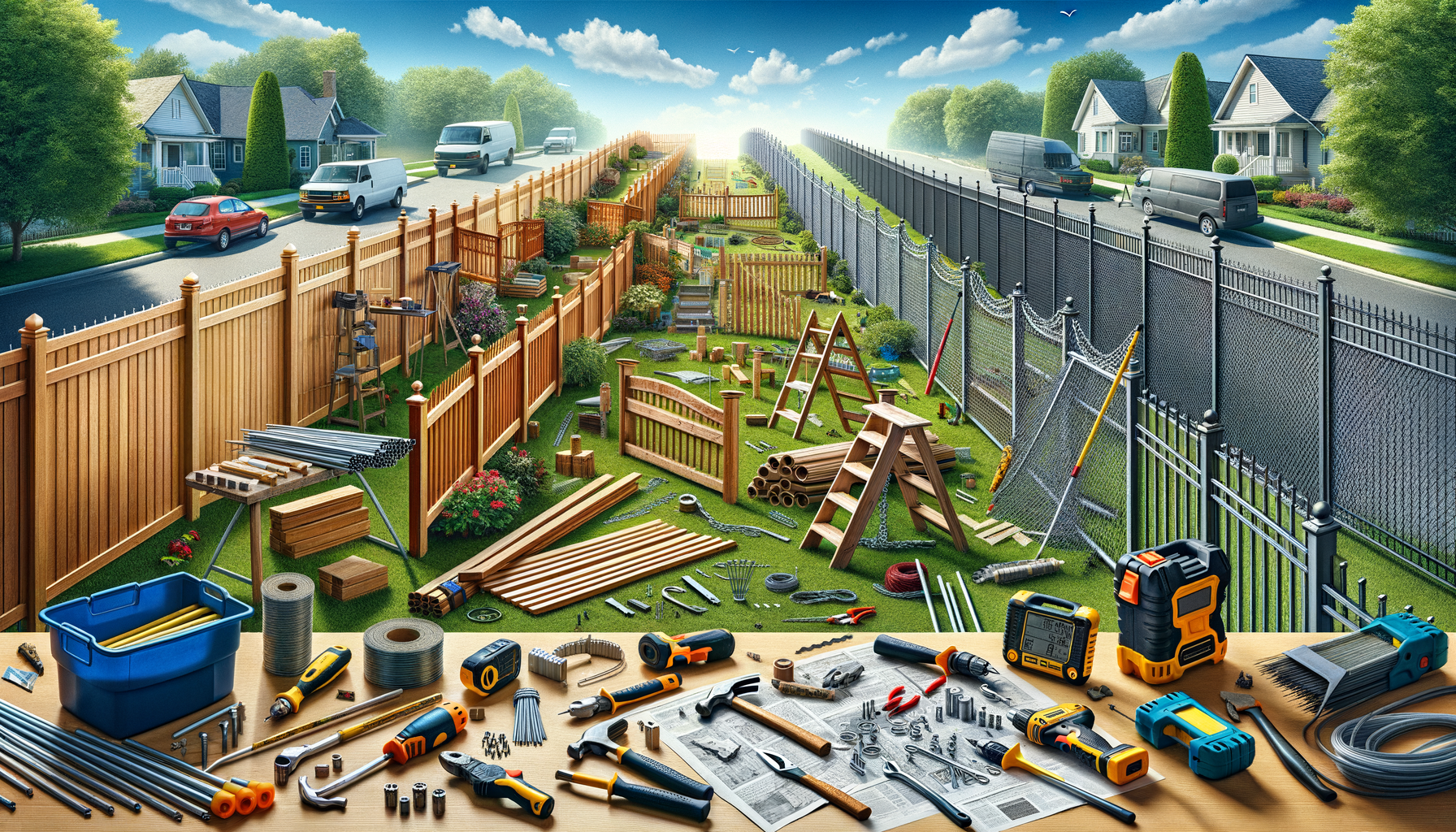Introduction: The Importance of Cooling Without Central AC
As temperatures rise, finding effective ways to cool our homes becomes a priority. However, not everyone has access to central air conditioning. Whether due to cost, environmental concerns, or living in a space without the infrastructure, many seek alternative methods to maintain a comfortable indoor climate. This article explores various strategies to cool a house without central AC, offering practical solutions that can be implemented with ease.
Utilizing Fans for Efficient Air Circulation
Fans are a cost-effective and energy-efficient way to enhance air circulation within your home. Ceiling fans, standing fans, and window fans can all play a significant role in keeping your living space comfortable. Ceiling fans, for instance, are designed to circulate air in a room, creating a wind-chill effect that makes the space feel cooler. By setting the fan to rotate counterclockwise, you can ensure that the air is pushed downward, maximizing the cooling effect.
Window fans can also be strategically placed to draw in cooler air from outside during the evening and nighttime, while expelling hot air from the interior. For optimal results, consider the following tips:
- Place fans in windows opposite each other to create a cross-breeze.
- Use box fans in windows to pull in cool air from shaded areas.
- Turn off fans when leaving a room to conserve energy.
By understanding the dynamics of airflow and utilizing fans effectively, you can significantly reduce the temperature in your home without relying on central AC.
Harnessing the Power of Natural Ventilation
Natural ventilation is a simple yet powerful method to cool your home. By taking advantage of the natural flow of air, you can reduce the reliance on mechanical cooling systems. The key to effective natural ventilation is to strategically open windows and doors to promote air movement throughout the house.
Consider the following strategies to enhance natural ventilation:
- Open windows on opposite sides of the house to create a cross-ventilation effect.
- Use window coverings like shades or blinds to block out direct sunlight during the hottest parts of the day.
- Keep interior doors open to allow air to circulate freely between rooms.
By combining these techniques with the use of fans, you can create a comfortable indoor environment that minimizes the need for artificial cooling.
Insulation and Shading: Keeping the Heat Out
Insulation and shading are crucial components in maintaining a cool home environment. Proper insulation helps to keep the heat out during the summer months, while shading can prevent direct sunlight from heating up your living space.
Here are some effective ways to insulate and shade your home:
- Install reflective window films to reduce heat gain from sunlight.
- Use thermal curtains or blackout shades to block out heat during the day.
- Add weather stripping around doors and windows to prevent warm air from entering.
- Plant trees or install awnings to provide natural shade to windows and outdoor areas.
By focusing on insulation and shading, you can significantly reduce the indoor temperature and create a more comfortable living environment.
Exploring Energy-Efficient Cooling Devices
For those seeking alternatives to central AC, energy-efficient cooling devices offer a viable solution. Portable air conditioners, evaporative coolers, and dehumidifiers can all contribute to a cooler home environment without the need for a central system.
Portable air conditioners are ideal for cooling individual rooms and can be moved as needed. Evaporative coolers, also known as swamp coolers, use water to cool the air and are particularly effective in dry climates. Dehumidifiers, on the other hand, remove excess moisture from the air, making the environment feel cooler and more comfortable.
When selecting a cooling device, consider the following factors:
- The size of the space you need to cool.
- The climate in your area (humid vs. dry).
- Energy efficiency ratings to reduce electricity costs.
By choosing the right cooling device for your needs, you can enjoy a comfortable home environment without the need for central air conditioning.
Conclusion: Embracing Cool Alternatives
Cooling a house without central AC is not only possible but can also be an environmentally friendly and cost-effective choice. By utilizing fans, natural ventilation, insulation, shading, and energy-efficient devices, you can maintain a comfortable living space even during the hottest months. These strategies not only help reduce energy consumption but also promote a sustainable lifestyle. Embrace these alternatives and enjoy a cool, comfortable home without the need for central air conditioning.




Leave a Reply